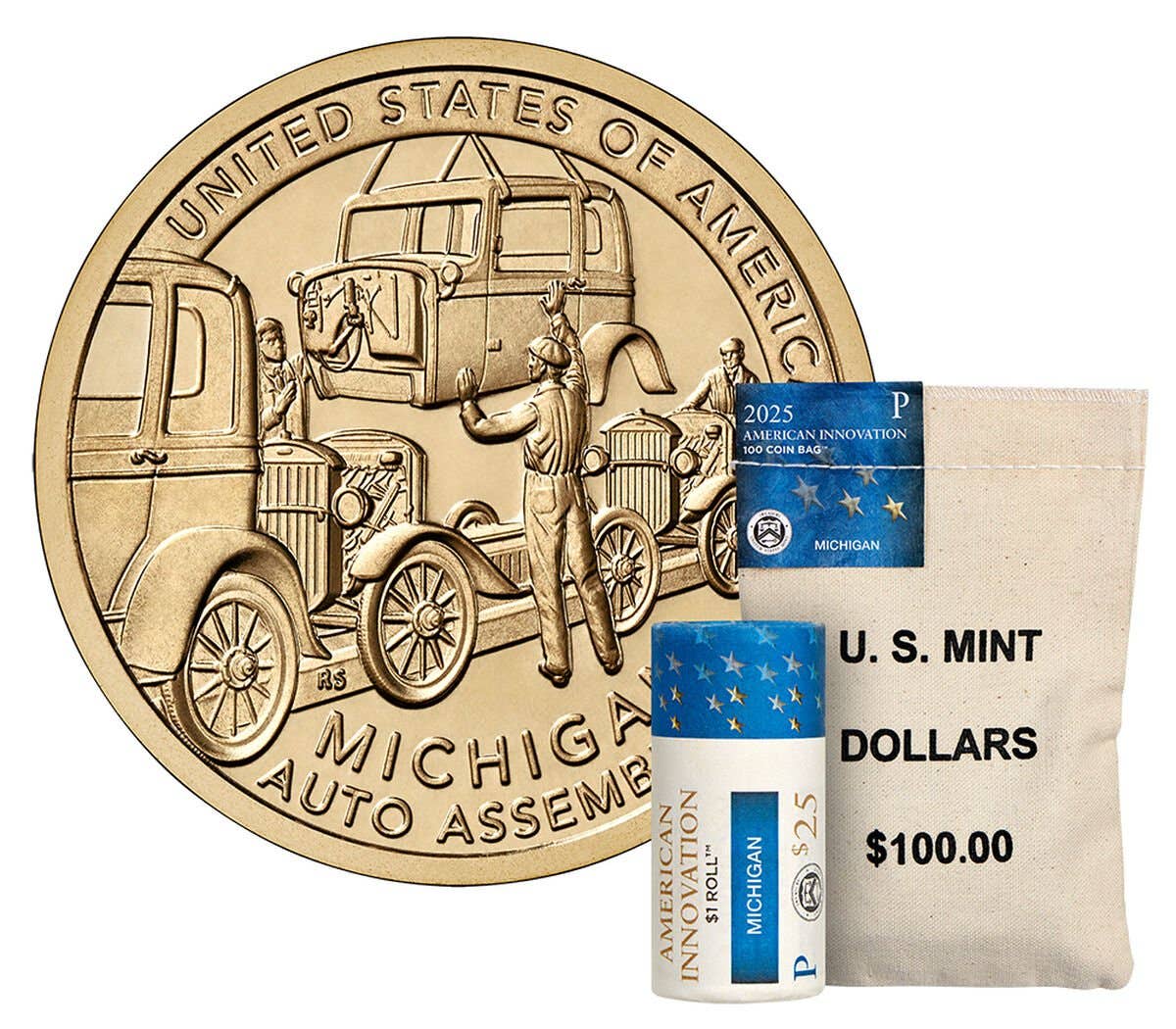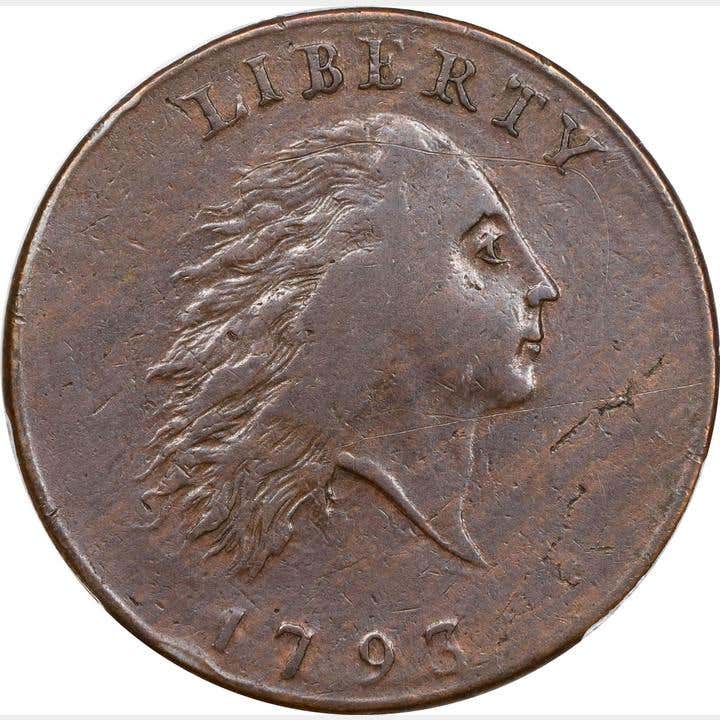The Scarce 1808 Quarter Eagle
How can a coin that lists for $18,000 just in F-12 and a “mere” $155,000 in MS-60 possibly be under-priced? That is a very good question, and the answer may…
How can a coin that lists for $18,000 just in F-12 and a "mere" $155,000 in MS-60 possibly be under-priced? That is a very good question, and the answer may just be that if the coin in question is the 1808 quarter eagle, the price may well be on the low side. The scarcity and importance of the 1808 quarter eagle are both, without question, on the very high side.
The $2.50 quarter eagle was a coin apparently without an audience in the late 1790s and early 1800s. The United States Mint was struggling when it came to making virtually any coins, whether they were copper, silver or gold. In the case of gold coins, there was a problem: to make gold coins, the Mint first needed gold and that was in very short supply. There was plenty of gold in the United States, but it would be decades before it was found. So, for the time being, the Mint cheerfully took in whatever gold it could. When some arrived, the owner would basically select what gold coins they wanted in return for their gold. The choice was usually gold $10, the highest available denomination.
There seemed to be very little demand for the gold $2.50. In fact, the top mintage had been in 1807 when a total of 6,812 were produced. If that sounds low, it’s because it is. But it was actually more than double the previous top mintage of quarter eagles. That is why any early quarter eagle is so expensive in low grades.
In 1808 it was more of the same but with a twist in the form of a new obverse design by John Reich. It is important to note that, technically, the 1808 would be a one-year type since the next quarter eagles would have a modified Turban Head obverse design and a reduced diameter. That would be enough to make the 1808 one of the toughest one-year type coins in the history of the United States. Fortunately for anyone collecting gold coins and needing an 1808, the demand is limited or the 1808 would probably be many times more expensive than is currently the case.
There are a couple of considerations in terms of scarcity. In 1808 there were not many collectors and especially collectors of quarter eagles. That helps to explain why the 1808 is rarely seen in top grade. Stack’s had one graded “Brilliant Uncirculated” in 2001, but normally when you see them they are well circulated. This is evidenced by the fact that the 1808 in the Norweb Sale was an XF-40 that brought $39,500 back in 1988.
If someone had been an avid collector back in 1808, it would not have been very easy to find a nice, new 1808 quarter eagle as its mintage was just 2,710 pieces.
There is another twist in the 1808 story, and it can even relate to that very modest mintage. At the time, it was common for the Mint to use dies until they were worn out. Mintage reports of each year simply showed the number of coins produced that year, which sometimes were not dated in the same year as the report. As a result, some early mintages were suspect. That is not the case for the 1808 quarter eagle because no additional quarter eagles were made until 1821. Moreover, in 1821, the design was altered and the diameter was changed. Simply put, the 1808 mintage totals are perhaps as accurate as you can get from the early United States Mint.
The fact that no quarter eagles were made after 1808 until 1821 is bad news if you want one in high grade. Certainly, quarter eagles did not circulate very actively, but when none are produced for 13 years the ones in circulation receive more than their fair share of use. That helps to explain why upper-grade examples are so tough. The fact that the diameter was changed also helps to explain why survival rates are not high since over the years there were small changes to quarter eagles.
Thus, a one-year type nearly 200 years old with a mintage of 2,710 plus a denomination that was then not produced for 13 years and when it was the diameter was changed, gives you a perfect formula for an extremely tough coin.








